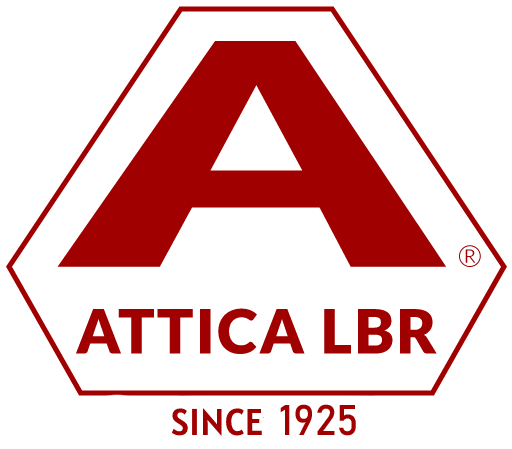ACQ and CCA Treated Lumber in Pole Barns
By Jenny Moses
Building a pole barn requires a lot of planning and decision-making, and one important factor to consider is the type of treated lumber to use. Treated lumber is a popular choice for pole barn construction because it protects against rot, decay, and insects. There are two main types of treated lumber: ACQ and CCA. In this post, we’ll discuss the differences between these two types of treated lumber and their use in pole barns.
Table of Contents
ACQ Treated Lumber
ACQ stands for Alkaline Copper Quaternary, which is a type of preservative used to treat lumber. ACQ-treated lumber is made by infusing wood with copper, which protects against rot, decay, and insects. The alkalinity in ACQ helps the copper penetrate the wood fibers more effectively. ACQ-treated lumber is an environmentally friendly option because it doesn’t contain any arsenic or chromium, which are harmful to the environment.
Advantages of ACQ Treated Lumber in Pole Barns
ACQ-treated lumber is an excellent choice for pole barn construction because it is resistant to rot, decay, and insects. It is also a cost-effective option compared to other types of treated lumber. Additionally, ACQ-treated lumber has a natural wood color, which is more aesthetically pleasing than other types of treated lumber.
Disadvantages of ACQ Treated Lumber in Pole Barns
ACQ-treated lumber has a higher copper content than other types of treated lumber, which can cause some corrosion of metal fasteners and connectors used in pole barn construction. Therefore, it is important to use galvanized or stainless-steel fasteners to prevent corrosion.
e/pGtkf6Q3-_M
CCA Treated Lumber
CCA stands for Chromated Copper Arsenate, which is a type of preservative used to treat lumber. CCA-treated lumber is made by infusing wood with copper, chromium, and arsenic, which protects against rot, decay, and insects.
Advantages of CCA Treated Lumber in Pole Barns
CCA-treated lumber is an excellent choice for pole barn construction because it is resistant to rot, decay, and insects. It is also a long-lasting option, as it can last up to 40 years. Additionally, CCA-treated lumber is stronger and more durable than other types of treated lumber.
Disadvantages of CCA Treated Lumber in Pole Barns
The arsenic in CCA-treated lumber can be harmful to the environment, which is why it has been phased out of residential use. However, it is still allowed for commercial and agricultural use, including pole barn construction. CCA-treated lumber also has a greenish tint, which can be less aesthetically pleasing than other types of treated lumber.
Comparison between ACQ and CCA Treated Lumber in Pole Barns
Environmental Impact: ACQ-treated lumber is considered more environmentally friendly because it doesn’t contain any arsenic or chromium.
Safety Concerns: CCA-treated lumber contains arsenic, which can be harmful to humans and animals if ingested or inhaled. Therefore, it should be handled with care.
Cost Comparison: ACQ-treated lumber is typically less expensive than CCA-treated lumber.
Maintenance Requirements: Both ACQ and CCA-treated lumber require maintenance to ensure longevity. This includes regular inspections, cleaning, and reapplication of preservatives.
Common Applications: Both ACQ and CCA-treated lumber are commonly used in pole barn construction, as well as other outdoor construction projects.
Choosing between ACQ and CCA-treated lumber for pole barn construction requires careful consideration of the advantages and disadvantages of each type. While ACQ-treated lumber is more environmentally friendly and less expensive, it may cause corrosion of metal fasteners and connectors. On the other hand, CCA-treated lumber is stronger and more durable but has safety concerns due to its arsenic content.
Ultimately, the choice between ACQ and CCA-treated lumber will depend on your specific needs and preferences. When using either type of treated lumber for pole barn construction, it’s important to follow proper handling and safety procedures to ensure the safety of yourself and others.
In addition to choosing the right type of treated lumber, it’s important to hire experienced professionals for pole barn construction. A professional contractor can help you select the best materials for your project and ensure that the pole barn is built to code and to your specific needs.
In conclusion, ACQ and CCA-treated lumber are both viable options for pole barn construction. By considering the advantages and disadvantages of each type and taking proper safety measures, you can ensure that your pole barn is built to last and provides the protection and functionality you need.
Ohio Counties. https://ohioroster.ohiosos.gov/county_list.aspx
